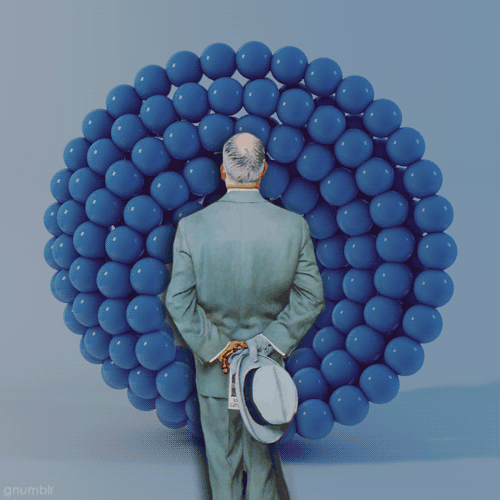
Tumblr blog of the year: The Gif Conoisseur…

Tumblr blog of the year: The Gif Conoisseur…
Slavoj Žižek on why we can’t stop watching disgusting and stupid stuff…
[via dangerousminds]
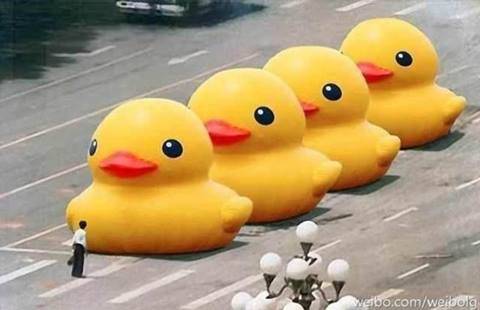
“China’s censors are blocking words like “today” and “June 4″ from social media as part of the country’s yearly chore to block any reference to the anniversary to the Tiananmen Square massacre 24 years ago. And though the Chinese are running a sophisticated and tight censorship ship, they’re having a bit harder time blocking memes.”
Read full article here.
If you happen to be in Milan before July 12th, go and take a look at this little project I’m working on…
“Nothing to see here is an exhibition in two parts and a discussion on art and visual culture in the era of the Internet at the Milan branch of the Istituto Svizzero, from 30 May through to 12 July 2013.
The initiative, curated by Valentina Tanni and Domenico Quaranta, is articulated as a moment of reflection on the status of images in contemporary society. The global diffusion of computers and the Internet, that supplied a vast number of users with the access to tools to produce and distribute images, has triggered a real explosion of creativity at every level. A multiform and undefined visual universe is the result – made of irregular, amateur cultural products, anonymous and collective creations, memes and viral videos – that often seem to evoke and repropose languages and practices that are linked to the avant-gardes, both historical and recent. Nothing to see here wishes to offer an overview of this irregular and vital movement, that takes place outside the institutional circuits and is slowly giving shape to a new culture, that radically questions professionalism in the art practice and forces us to rethink the creative activity and its role in society.”
More info here
This is one of the most inspiring readings I ever did. Seriously.
Paul Miller went completely offline for a year and he finally discovered that blaming the web for our vices and our poor decisions about life just isn’t the right way to go.
I’m pasting a couple of quotes, but you should read the whole thing, because it’s richer and more complex than that.
“By late 2012, I’d learned how to make a new style of wrong choices off the internet. I abandoned my positive offline habits, and discovered new offline vices. Instead of taking boredom and lack of stimulation and turning them into learning and creativity, I turned toward passive consumption and social retreat.”
“I’d read enough blog posts and magazine articles and books about how the internet makes us lonely, or stupid, or lonely and stupid, that I’d begun to believe them. I wanted to figure out what the internet was “doing to me,” so I could fight back. But the internet isn’t an individual pursuit, it’s something we do with each other. The internet is where people are.”
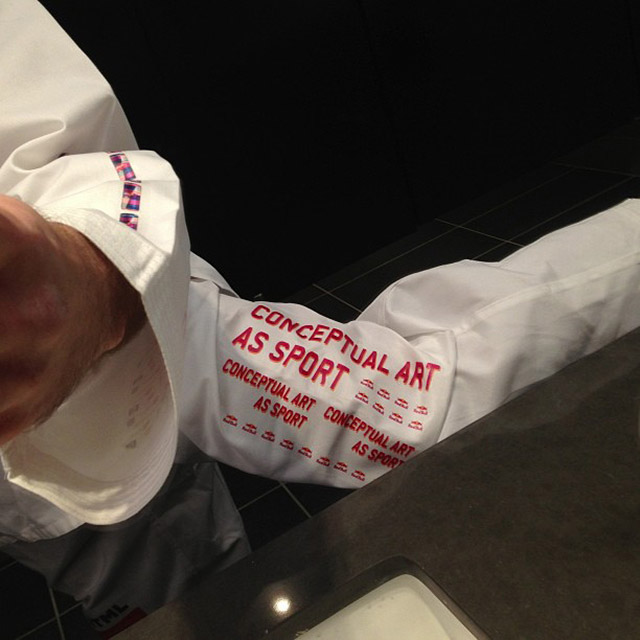
“Hyper Current Living is a performance by Ryder Ripps in which he “lives” and “works” at Red Bull Music Academy between April 28th and May 5th 2013 – he’ll be drinking Red Bull and creating digital stuff at hyper speed. In the stream, our output is valued by its proliferation and its likes and favs – what incentive is there to spend 4 years writing a novel if it will just be a link in a stream lasting a few hours? The piece brings this trait into light by designating a time and space to the creation of such fragmented, short interactions native to social media.”
[found here]
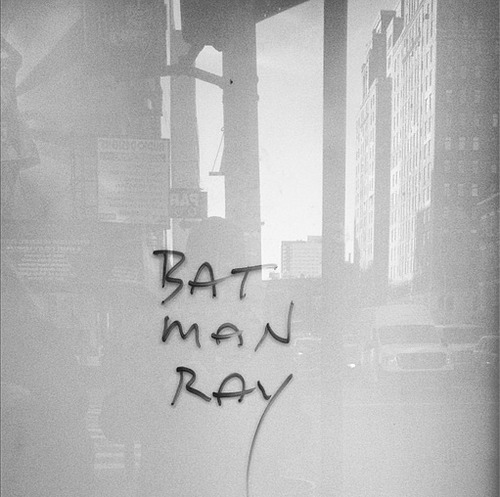
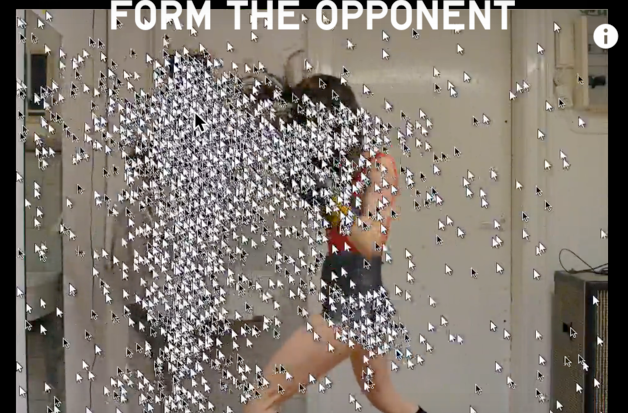
Check out this amazing crowdsourced music video!

“It only takes a quick scroll through Tumblr to come face-to-face with the bleak realities of millennial existence and to discover that in darkened rooms, lit only by the blue glow from the screen of a MacBook Air; over the sound of Hannah Horvath’s muffled complaints coming from the TV in the next room; where empty burrito wrappers and wine bottles line up on the windowsill like trepidatious soldiers, peering out into the snow blanketed world outside; where iPhones lay inert and vibrationless on IKEA bedside tables, there is a battle raging. There are 20-somethings everywhere crying through their fingers and onto keyboards, creating the kind of futuristic tears Blade Runner only dreamed of as they tap, tap, tap, bloodletting late into the night.”
[read more here]
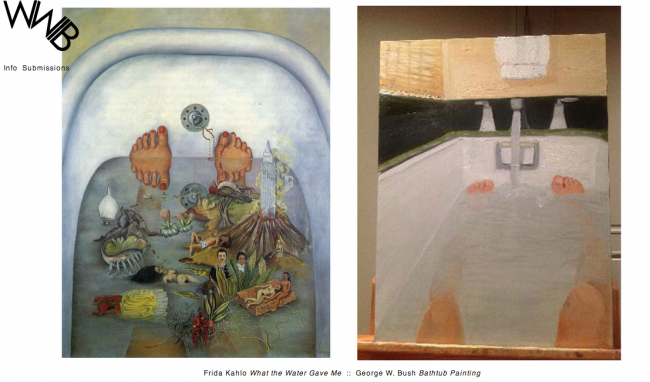
Because originality is overrated…

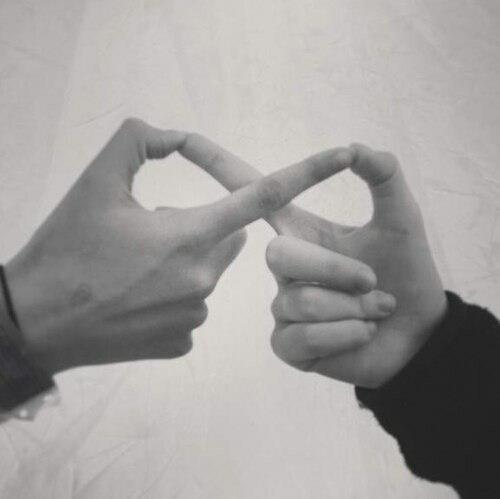
[found here]

[found here]
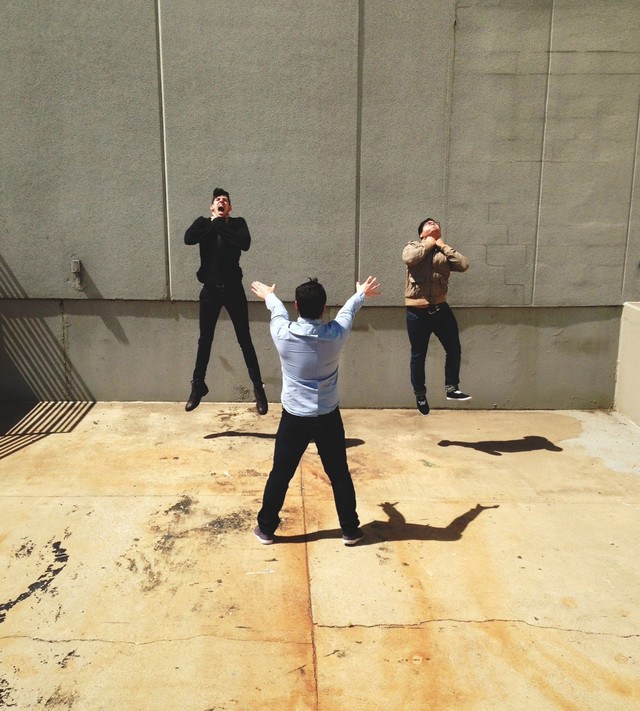
Vadering, a new photo meme featuring Darth Vader’s force choke….
[via kottke]
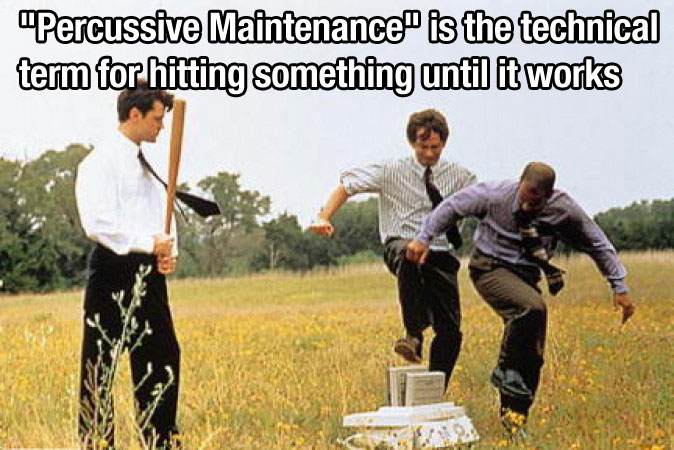
[via nedhardy]

I started this blog on 25th March 2003. 10 years of blogging make me feel old and proud.
And everything was possible because of The Internets!
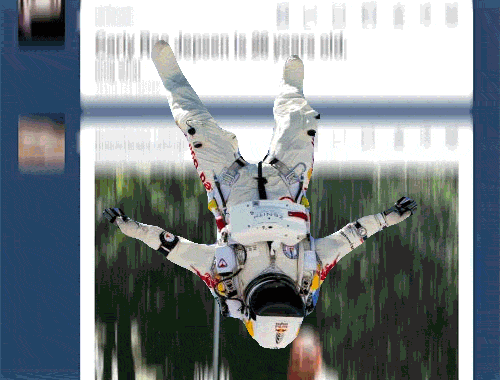
[found here]